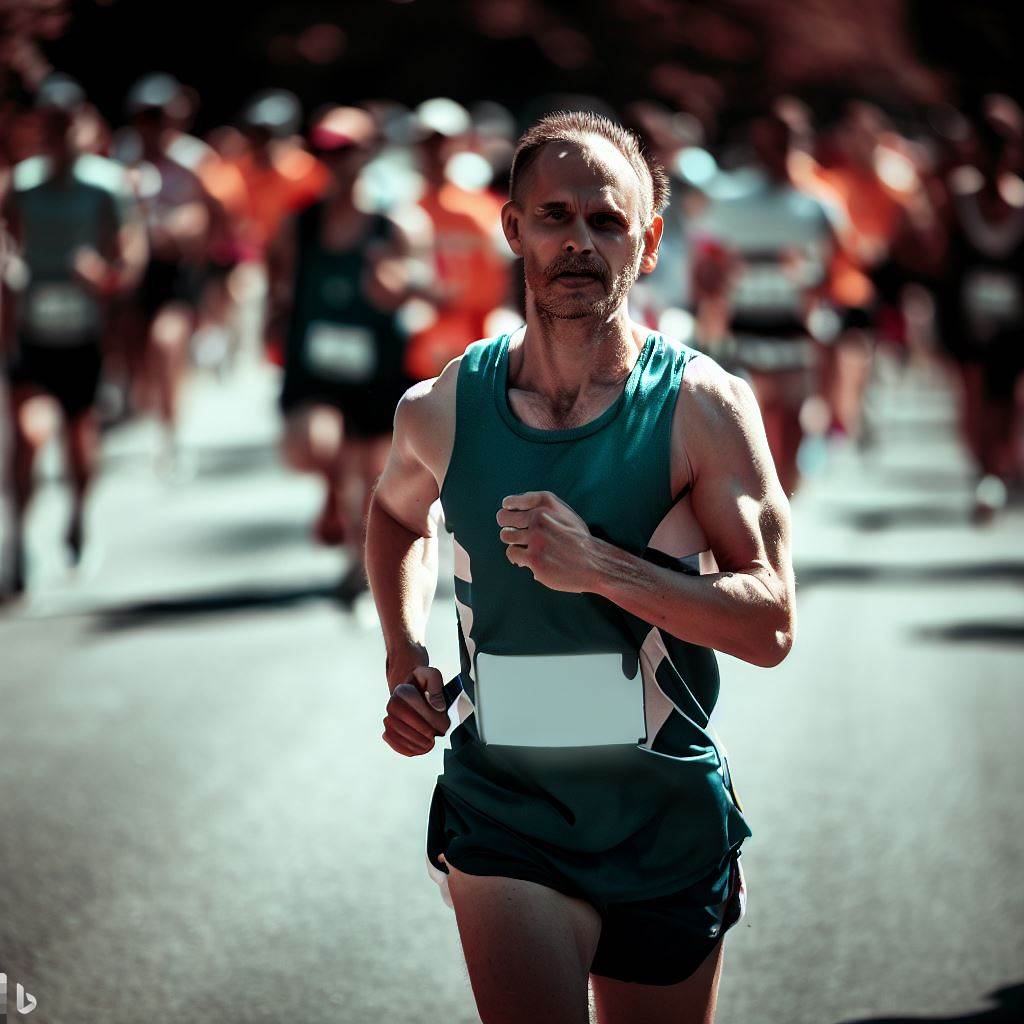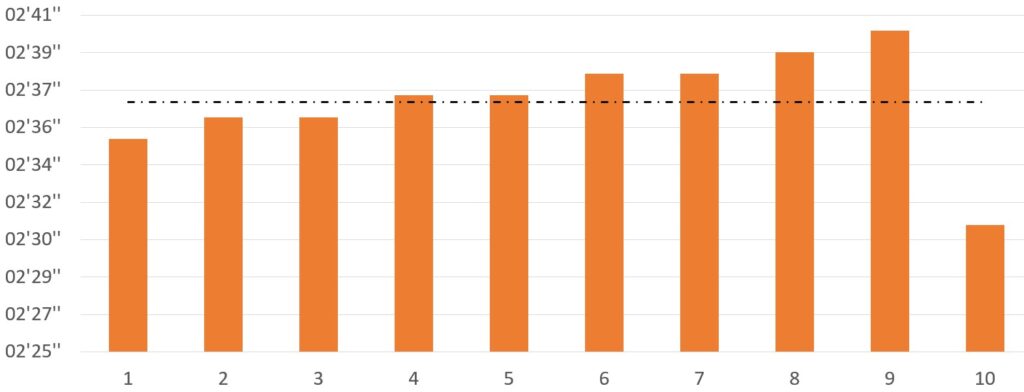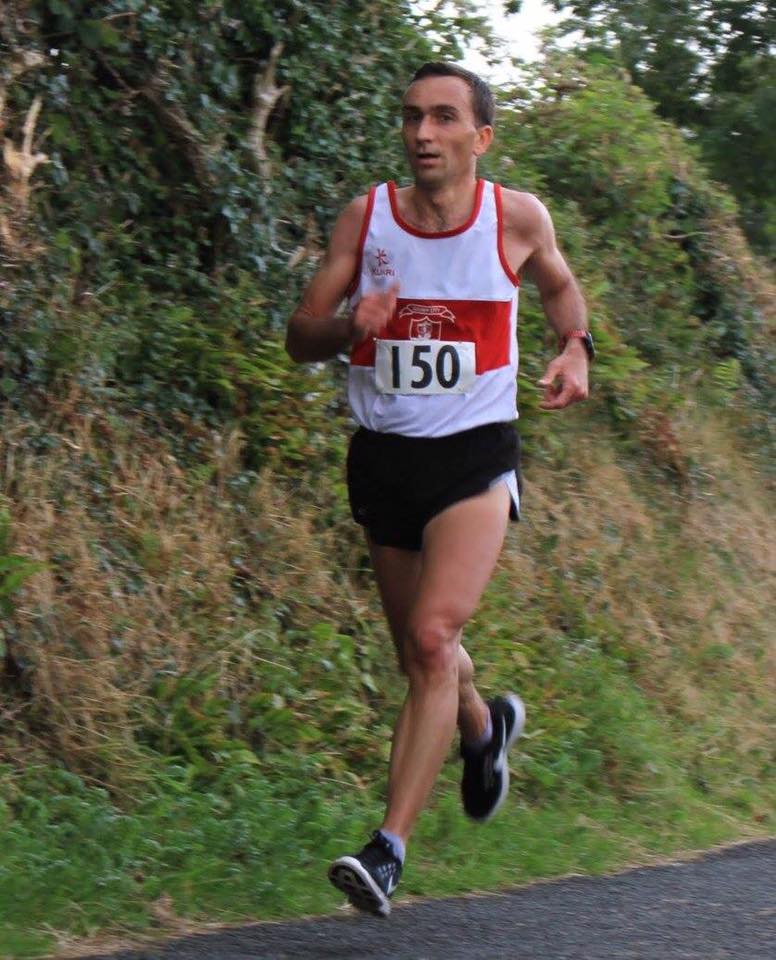I share tips and tricks on how to improve your running performance. Today I want to talk about one of the most important aspects of running a fast 10km: pacing strategy.
It is now the season of 10km, with great races on track or on the road.

10km world record
You may have heard of Joshua Cheptegei, the Ugandan runner who broke the world record for the 10km in 2020 with a stunning time of 26:11. That’s an average pace of 2:37 per kilometer, which is mind-blowing. How did he do it? Did he run at a steady pace throughout the race, or did he vary his speed according to the terrain and his energy levels?
Well, according to the official splits from the race, Cheptegei ran a very consistent pace for most of the race, with only slight variations in each kilometer. Here are his splits:
| km | pace |
| 1 | 02’35” |
| 2 | 02’36” |
| 3 | 02’36” |
| 4 | 02’37” |
| 5 | 02’37” |
| 6 | 02’38” |
| 7 | 02’38” |
| 8 | 02’39” |
| 9 | 02’40” |
| 10 | 02’31” |

As you can see, he ran almost every kilometer between 2:35 and 2:40, except for the last one where he unleashed a final sprint of 2:31. That’s a very impressive display of pacing discipline and endurance.
Learnings
So what can we learn from Cheptegei’s pacing strategy? Here are some key takeaways:
- Running at a consistent pace is more efficient than running at a variable pace. This is because your body can adapt to a steady rhythm and use oxygen and energy more optimally. Running at a variable pace requires more effort and can cause fatigue and lactic acid buildup faster.
- Running at a slightly faster pace in the first kilometer can help you get into a comfortable groove and avoid getting stuck behind slower runners. However, you should not go too fast or you will risk burning out later in the race.
- Running at a slightly slower pace in the middle kilometers can help you conserve some energy and prepare for the final push. However, you should not go too slow or you will lose momentum and motivation.
- Running at a faster pace in the last kilometer can help you finish strong and shave off some seconds from your time. However, you should not go too fast too soon or you will run out of gas before the finish line.
Of course, these are general guidelines and your optimal pacing strategy may vary depending on your fitness level, goals, and race conditions. The best way to find out your ideal pace is to practice it in training and test it in races. You can also use tools like online calculators or GPS watches to estimate your pace based on your previous performances.

10km is sub 40 minutes :
The same pacing strategy can be used to run a sub 40 minutres 10km :
| km | pace |
| 1 | 03’57” |
| 2 | 03’59” |
| 3 | 03’59” |
| 4 | 04’00” |
| 5 | 04’00” |
| 6 | 04’02” |
| 7 | 04’02” |
| 8 | 04’03” |
| 9 | 04’05” |
| 10 | 03’51” |

I hope this blog post was helpful and inspired you to run your best 10km ever. If you have any questions or comments, feel free to leave them below.
Happy running!
